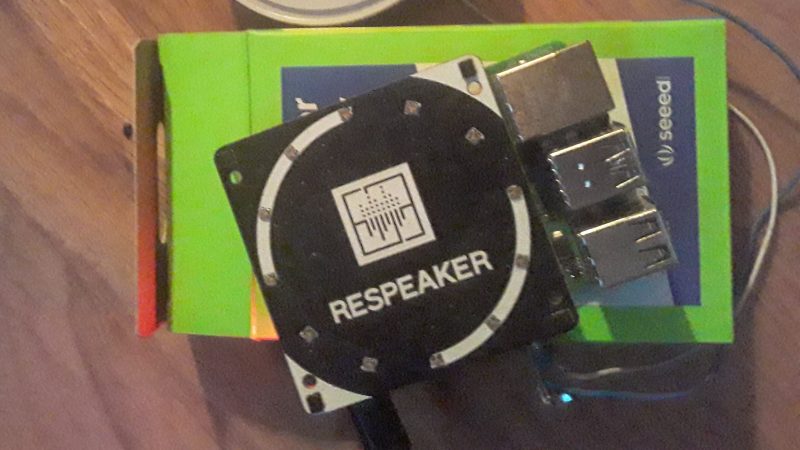If science fiction taught us anything, it’s that voice control was going to be the human-machine interface of the future. [Dennis] has now whipped up a tutorial that lets you add a voice control module to any of your own projects.
The voice control module uses a Raspberry Pi 4 as the brains of the operation, paired with a Seeed Studio ReSpeaker 4-microphone array. The Pi provides a good amount of processing power to crunch through the audio, while the mic array captures high-quality audio from any direction, which is key to reliable performance. Rhasspy is used as the software element, which is responsible for processing audio in a variety of languages to determine what the user is asking for. Based on the voice commands received, Rhasspy can then run just about anything you could possibly require, from sending MQTT smart home commands to running external programs.
If you’ve always dreamed of whipping up your own version of Jarvis from Iron Man, or you just want a non-cloud solution to turn your lights on and off, [Dennis’s] tutorial is a great place to start. Video after the break.


















mycroft?
Its dead Jim.
The Home Assistant crew is bringing it back! The May release has added a huge amount of code and architecture aimed at providing a fully open and local replacement for Alexa et al. The major missing component is the device itself and wake word capability.
Sadly, I’ve had the opportunity to use a few ReSpeaker boards and… they aren’t great. Driver and software development is dead so you’re stuck with old linux kernels or finding a user-supported fork from the main repo patching functionality back in. The 3 I’ve purchased all have a persistent 10khz noise which is apparently due to poor amplifier design on the board.
The ReSpeaker boards are the least expensive mic array “hat”s I could find but in my personal experience they aren’t what we’re looking for to replace Alexa.
Hi Dongwaffle I’m looking forward to the new Home Assistant release. So far on this project I have been very impressed with the PI running Rhasspy. Rhasspy can work with home assistant with MQTT. The biggest fault I have had with the 4 mic array is that it covers the Raspberry PI pins and I had to use a legacy version of the PI operating system.. So far it works well but on the next version I will use a USB mic array.
Hey Dennis! Here’s the user-supported fork I mentioned which will let you run recent raspbian releases w/ the respeaker hat. Hope it helps! https://github.com/HinTak/seeed-voicecard
Hi dongwaffle Thanks for the link!!!
It lives on: https://github.com/OpenVoiceOS
Hi at34, It is not Mycroft. It uses Rhasspy and a Python program.
Ooh, maybe this is the way to add voice control to my smart home label maker!
Hi Petter,That sounds like a good application!
Worst case, if the hacking scene sucks for this, I’ll just print a cover to go over the advertising screen and camera and have a free TV
Found this forum post and updating the driver got the 4 mic Respeaker working for me:
https://forum.seeedstudio.com/t/respeaker-4mic-array-install-on-raspberryos-with-5-15-kernel/264254
Thanks Dan! Good information!